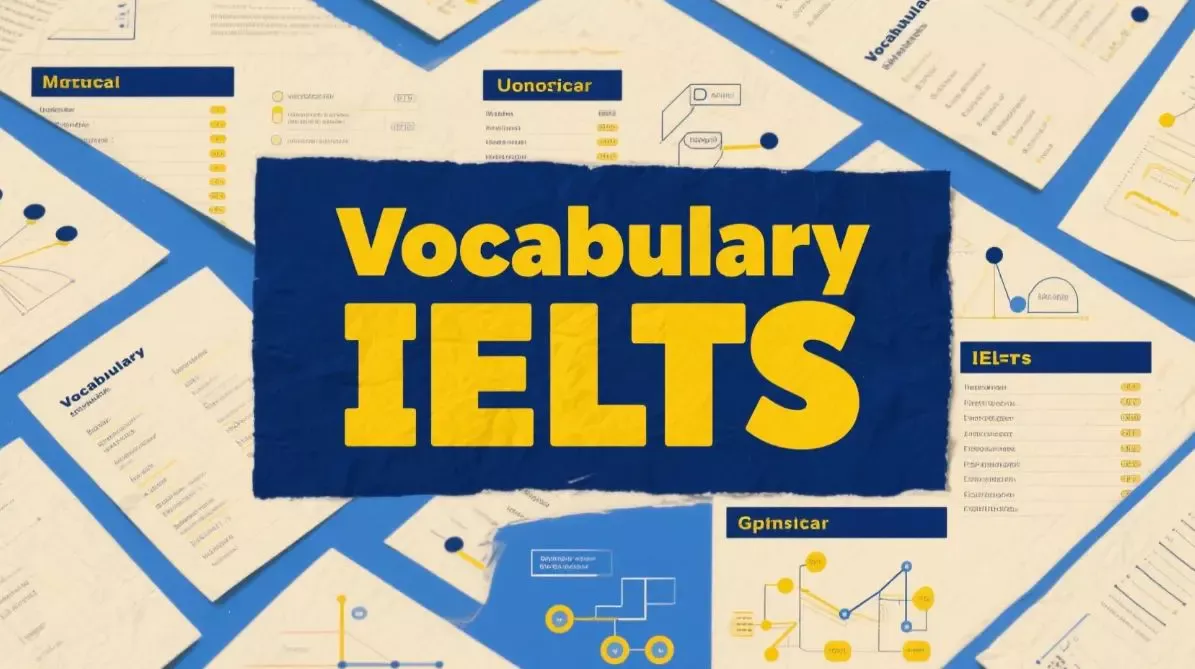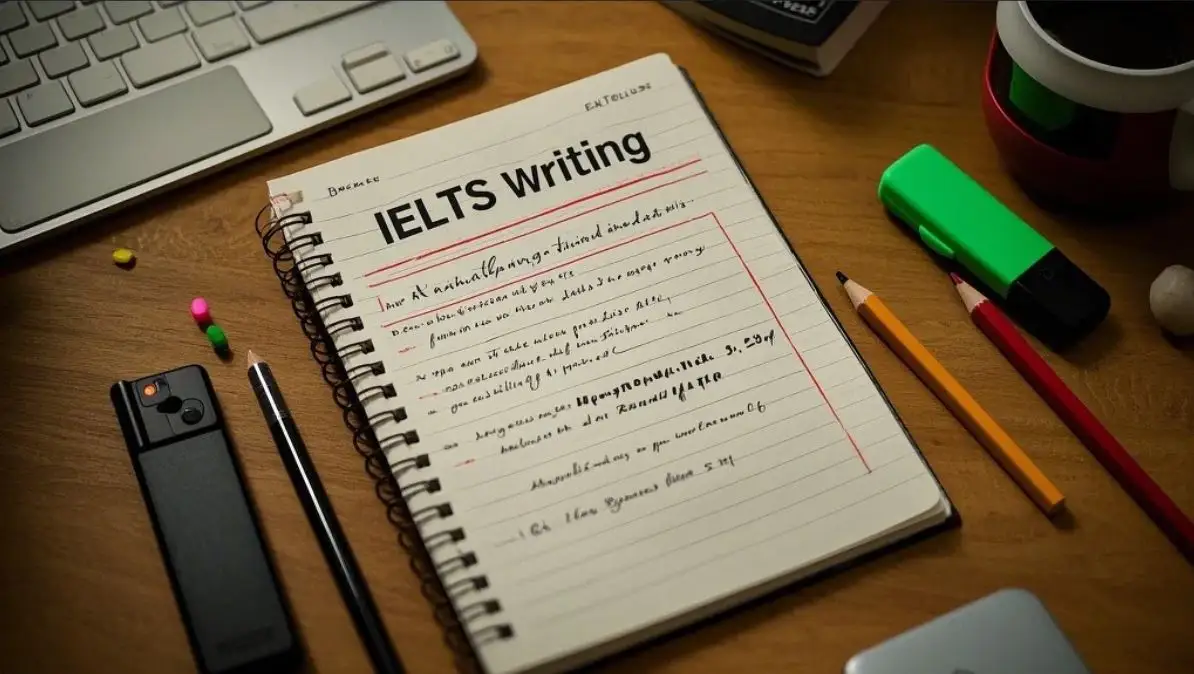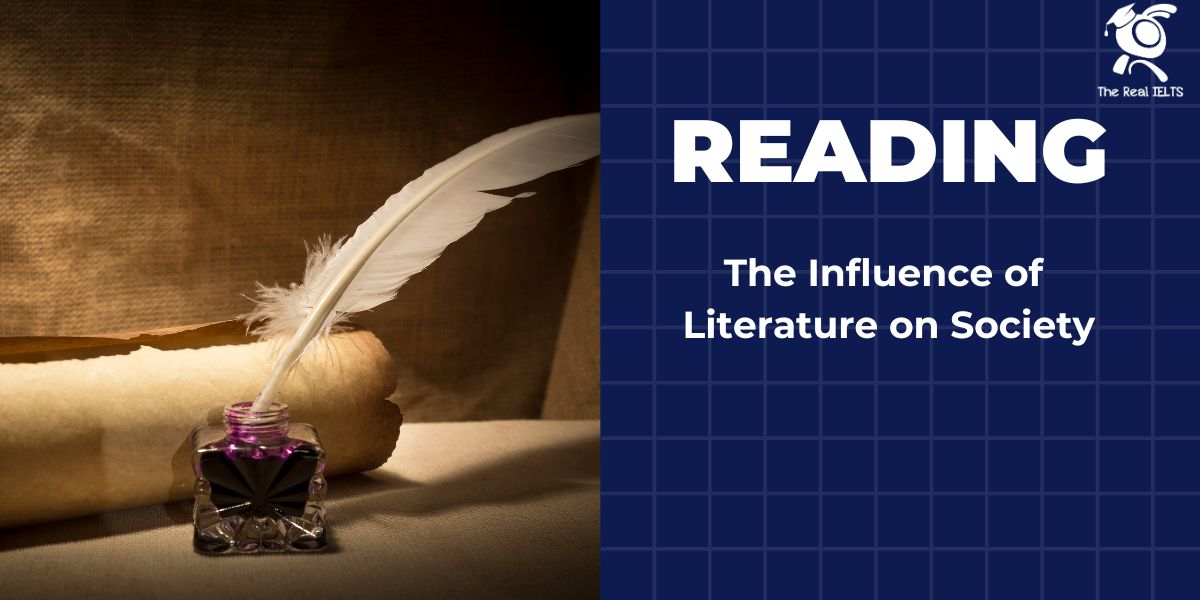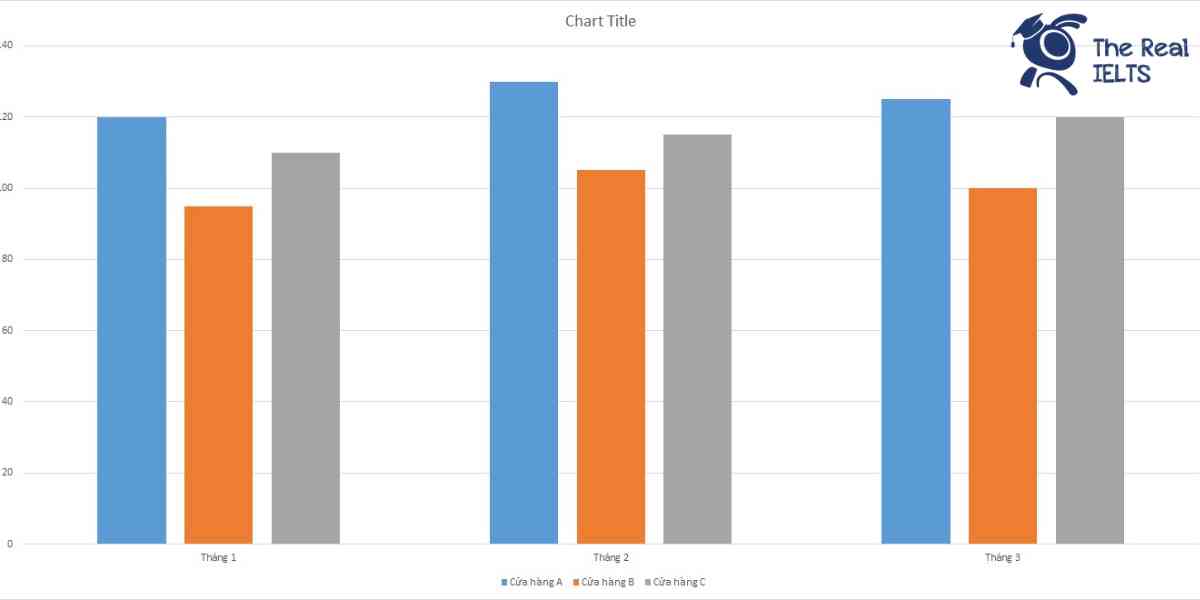Luyện tập IELTS Reading ngày 15 có chủ đề: The Global Water Crisis: Causes and Solutions. Bài này thuộc chuỗi IELTS Reading: 30 chủ đề luyện tập. Mỗi bài này luyện tập khoảng 30 phút.
Học lại bài cũ: IELTS READING Day 14: The History and Significance of the Olympic Games.
Đọc bài IELTS Reading và trả lời câu hỏi ở bên dưới
Introduction Water is essential for life, yet billions of people around the world face difficulties in accessing clean and safe water. The global water crisis affects not only human health but also ecosystems, economies, and agriculture. Understanding the causes and finding solutions is crucial to addressing this challenge.
Causes of the Global Water Crisis
1. Population Growth As the global population increases, so does the demand for water. With more people requiring water for drinking, cooking, sanitation, and agriculture, many regions face severe shortages. In developing countries, the lack of infrastructure to deliver clean water to the growing population exacerbates the problem.
2. Pollution Water pollution from industrial waste, agricultural runoff, and untreated sewage is a major factor contributing to the crisis. Toxic chemicals, heavy metals, and biological contaminants make large bodies of water unsafe for human consumption and harm aquatic life. In many countries, rivers, lakes, and groundwater sources are heavily polluted, making it difficult to provide clean water to the population.
3. Climate Change Climate change has intensified droughts and altered rainfall patterns, making water distribution more unpredictable. Regions that were once abundant in water may now experience long dry spells, while others may face severe flooding. This shift in weather patterns disrupts freshwater availability and aggravates existing water shortages.
4. Unsustainable Water Use Agriculture consumes around 70% of the world’s freshwater, with inefficient irrigation systems leading to significant wastage. In addition, industries use large quantities of water for manufacturing and processing, often without adequate recycling measures. Over-extraction of groundwater for these purposes has caused aquifers to deplete faster than they can be replenished.
5. Poor Water Management In many parts of the world, poor water management and governance are key contributors to the crisis. Governments may lack the financial resources or political will to implement effective water policies. Corruption and misallocation of funds can also prevent vital infrastructure projects from being completed, leaving many without access to clean water.
Solutions to the Global Water Crisis
1. Improved Water Infrastructure Investing in modern water infrastructure can help deliver clean water to areas that lack access. Upgrading pipelines, building more efficient wastewater treatment plants, and improving water storage systems are all steps that can reduce water scarcity. In addition, rainwater harvesting systems can capture and store rainwater for use during dry periods.
2. Water Conservation and Efficiency Encouraging water conservation at both the household and industrial levels can significantly reduce the strain on water resources. Simple actions like fixing leaks, using water-efficient appliances, and practicing mindful water usage can make a difference. In agriculture, techniques such as drip irrigation and the use of drought-resistant crops can help conserve water.
3. Pollution Control and Prevention Strict regulations on industries and agriculture are essential to reducing water pollution. Governments should enforce policies that limit the amount of pollutants entering water sources. In addition, promoting the use of environmentally friendly pesticides and fertilizers can help reduce the impact of agriculture on water quality.
4. Climate Adaptation Strategies To address the impact of climate change on water resources, regions must adopt climate adaptation strategies. These include building infrastructure to cope with extreme weather events, restoring wetlands to regulate water flow, and adopting policies that manage water distribution during droughts.
5. International Cooperation The global nature of the water crisis requires international collaboration. Water resources often span national borders, and many countries rely on shared rivers and lakes. Governments must work together to create agreements that ensure equitable access to these water sources. Global organizations, such as the United Nations, play a vital role in coordinating efforts to tackle the water crisis.
The global water crisis is a complex issue caused by a combination of population growth, pollution, climate change, unsustainable use, and poor management. However, through investment in infrastructure, water conservation, pollution control, climate adaptation, and international cooperation, we can take steps toward securing a sustainable water future for all.
Từ vựng
1. Population Growth (Tăng trưởng dân số)
- Population: dân số
- Growth: sự tăng trưởng
- Demand: nhu cầu
- Shortage: sự thiếu hụt
- Infrastructure: cơ sở hạ tầng
2. Pollution (Ô nhiễm)
- Industrial waste: chất thải công nghiệp
- Agricultural runoff: dòng chảy nông nghiệp
- Untreated sewage: nước thải chưa qua xử lý
- Contaminant: chất gây ô nhiễm
- Ecosystem: hệ sinh thái
3. Climate Change (Biến đổi khí hậu)
- Drought: hạn hán
- Rainfall pattern: mô hình lượng mưa
- Flooding: lũ lụt
- Freshwater availability: sự sẵn có của nước ngọt
4. Unsustainable Water Use (Sử dụng nước không bền vững)
- Agriculture: nông nghiệp
- Irrigation system: hệ thống tưới tiêu
- Industry: công nghiệp
- Groundwater extraction: khai thác nước ngầm
- Aquifer: tầng chứa nước
5. Poor Water Management (Quản lý nước kém)
- Governance: quản trị
- Corruption: tham nhũng
- Resource allocation: phân bổ nguồn lực
Solutions to the Global Water Crisis (Giải pháp cho cuộc khủng hoảng nước toàn cầu)
1. Improved Water Infrastructure (Cải thiện cơ sở hạ tầng nước)
- Pipeline: đường ống
- Wastewater treatment plant: nhà máy xử lý nước thải
- Water storage system: hệ thống lưu trữ nước
- Rainwater harvesting: thu hoạch nước mưa
2. Water Conservation and Efficiency (Bảo tồn và sử dụng nước hiệu quả)
- Household: hộ gia đình
- Industrial level: mức công nghiệp
- Water-efficient appliance: thiết bị tiết kiệm nước
- Drip irrigation: tưới nhỏ giọt
3. Pollution Control and Prevention (Kiểm soát và ngăn chặn ô nhiễm)
- Regulation: quy định
- Toxic chemical: hóa chất độc hại
- Environmentally friendly: thân thiện với môi trường
4. Climate Adaptation Strategies (Chiến lược thích ứng với khí hậu)
- Infrastructure: cơ sở hạ tầng
- Wetland restoration: phục hồi đất ngập nước
- Drought management: quản lý hạn hán
5. International Cooperation (Hợp tác quốc tế)
- Shared water resource: nguồn nước chung
- Equitable access: tiếp cận công bằng
- United Nations: Liên Hợp Quốc
Conclusion (Kết luận)
- Complex issue: vấn đề phức tạp
- Sustainable water future: tương lai nước bền vững
Câu hỏi IELTS Reading The Global Water Crisis: Causes and Solutions
Questions 1-5
Complete the sentences below using NO MORE THAN TWO WORDS from the passage.
- The increase in ___________ is a major cause of rising water demand.
- Industrial waste and agricultural runoff contribute to ___________.
- Around 70% of the world’s freshwater is used by ___________.
- ___________ is a key factor that intensifies droughts and floods.
- Effective ___________ can reduce water scarcity in regions with inadequate supplies.
Questions 6-9
Choose the correct letter, A, B, C, or D.
- What is the primary cause of water shortages in developing countries?
A) Overuse of water for agriculture
B) Pollution of rivers and lakes
C) Lack of adequate water infrastructure
D) Poor international cooperation - How does climate change affect water availability?
A) It increases water supply in dry areas
B) It disrupts normal rainfall patterns
C) It creates more freshwater reserves
D) It improves water management - Which method is suggested to improve agricultural water efficiency?
A) Building new dams
B) Using desalination plants
C) Employing drip irrigation
D) Increasing groundwater extraction - What role does international cooperation play in solving the water crisis?
A) Ensuring that industrial waste is minimized
B) Managing shared water resources fairly
C) Reducing the use of water in agriculture
D) Supporting local conservation efforts
Questions 10-13
Do the following statements agree with the information given in the passage? Write:
- TRUE if the statement agrees with the information
- FALSE if the statement contradicts the information
- NOT GIVEN if there is no information on this
- Many countries rely on shared water resources that cross national boundaries.
- Drip irrigation can increase the use of groundwater in farming.
- Governments in developing countries often fail to manage water resources due to corruption.
- All countries affected by the water crisis are located in dry, arid regions.
Đáp án IELTS Reading The Global Water Crisis: Causes and Solutions
Questions 1-5
Complete the sentences below using NO MORE THAN TWO WORDS from the passage.
- The increase in population is a major cause of rising water demand.
(Dịch: Sự gia tăng dân số là nguyên nhân chính gây ra nhu cầu nước tăng cao.) - Industrial waste and agricultural runoff contribute to pollution.
(Dịch: Chất thải công nghiệp và dòng chảy nông nghiệp góp phần gây ô nhiễm.) - Around 70% of the world’s freshwater is used by agriculture.
(Dịch: Khoảng 70% nước ngọt trên thế giới được sử dụng cho nông nghiệp.) - Climate change is a key factor that intensifies droughts and floods.
(Dịch: Biến đổi khí hậu là yếu tố chính làm tăng cường hạn hán và lũ lụt.) - Effective water infrastructure can reduce water scarcity in regions with inadequate supplies.
(Dịch: Cơ sở hạ tầng nước hiệu quả có thể giảm thiểu tình trạng thiếu nước ở những khu vực không đủ nguồn cung.)
Questions 6-9
Choose the correct letter, A, B, C, or D.
- What is the primary cause of water shortages in developing countries?
C) Lack of adequate water infrastructure
(Dịch: Thiếu cơ sở hạ tầng nước thích hợp là nguyên nhân chính của tình trạng thiếu nước ở các nước đang phát triển.) - How does climate change affect water availability?
B) It disrupts normal rainfall patterns
(Dịch: Nó làm gián đoạn các mô hình lượng mưa bình thường.) - Which method is suggested to improve agricultural water efficiency?
C) Employing drip irrigation
(Dịch: Áp dụng hệ thống tưới nhỏ giọt được đề xuất để cải thiện hiệu quả sử dụng nước trong nông nghiệp.) - What role does international cooperation play in solving the water crisis?
B) Managing shared water resources fairly
(Dịch: Quản lý công bằng các nguồn nước chung là vai trò của hợp tác quốc tế trong việc giải quyết cuộc khủng hoảng nước.)
Questions 10-13
Do the following statements agree with the information given in the passage?
- Many countries rely on shared water resources that cross national boundaries.
TRUE
(Dịch: Nhiều quốc gia dựa vào các nguồn nước chung vượt qua biên giới quốc gia.) - Drip irrigation can increase the use of groundwater in farming.
FALSE
(Dịch: Tưới nhỏ giọt giúp tiết kiệm nước chứ không làm tăng việc sử dụng nước ngầm trong nông nghiệp.) - Governments in developing countries often fail to manage water resources due to corruption.
TRUE
(Dịch: Chính phủ các nước đang phát triển thường không quản lý được tài nguyên nước do tham nhũng.) - All countries affected by the water crisis are located in dry, arid regions.
FALSE
(Dịch: Không phải tất cả các quốc gia bị ảnh hưởng bởi cuộc khủng hoảng nước đều nằm ở các vùng khô cằn.)















